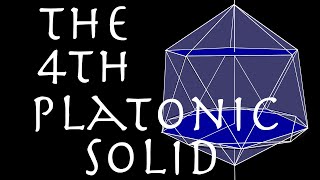Rotational symmetry | Finite groups
Icosahedral symmetry
In mathematics, and especially in geometry, an object has icosahedral symmetry if it has the same symmetries as a regular icosahedron. Examples of other polyhedra with icosahedral symmetry include the regular dodecahedron (the dual of the icosahedron) and the rhombic triacontahedron. Every polyhedron with icosahedral symmetry has 60 rotational (or orientation-preserving) symmetries and 60 orientation-reversing symmetries (that combine a rotation and a reflection), for a total symmetry order of 120. The full symmetry group is the Coxeter group of type H3. It may be represented by Coxeter notation [5,3] and Coxeter diagram . The set of rotational symmetries forms a subgroup that is isomorphic to the alternating group A5 on 5 letters. (Wikipedia).



















